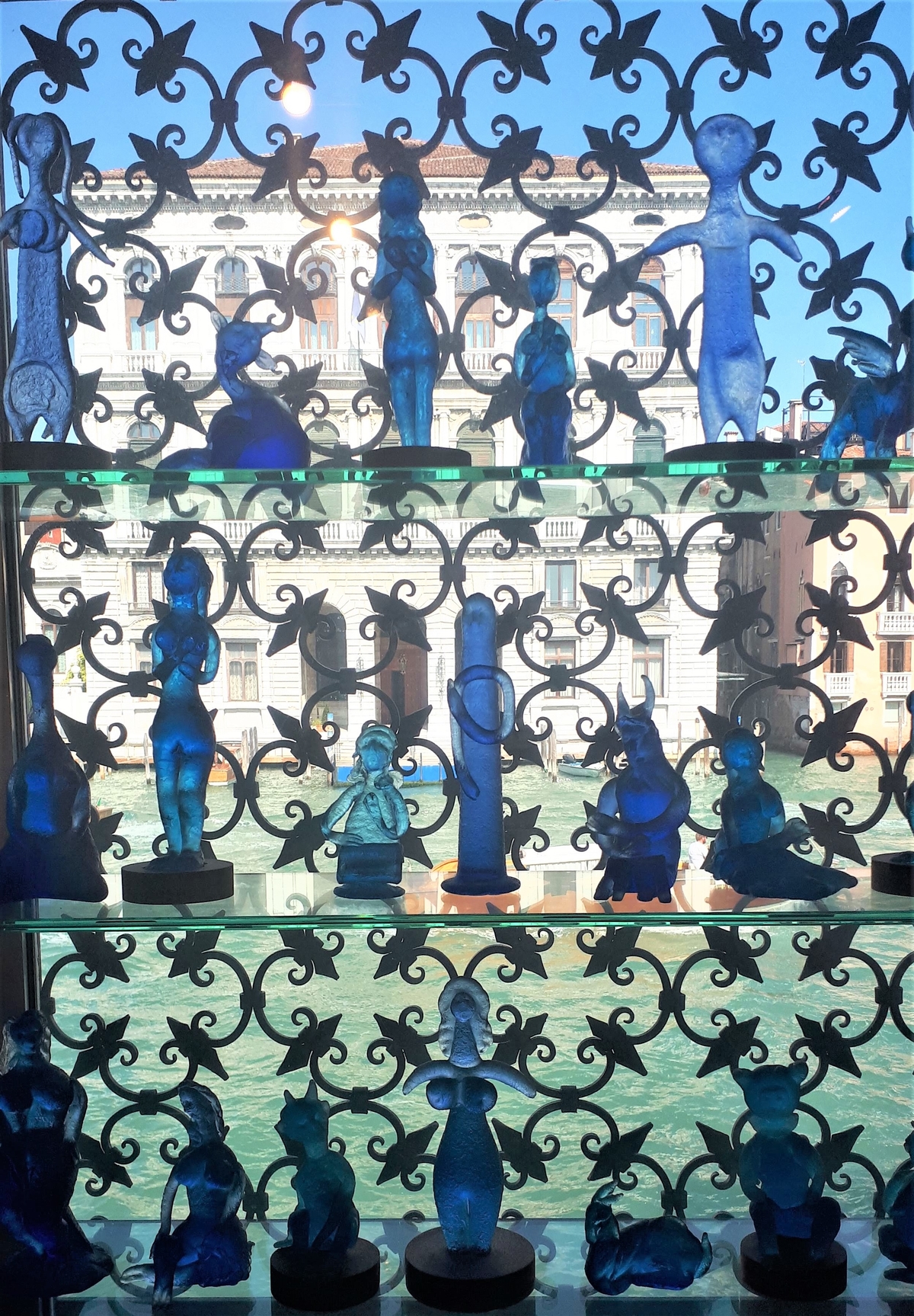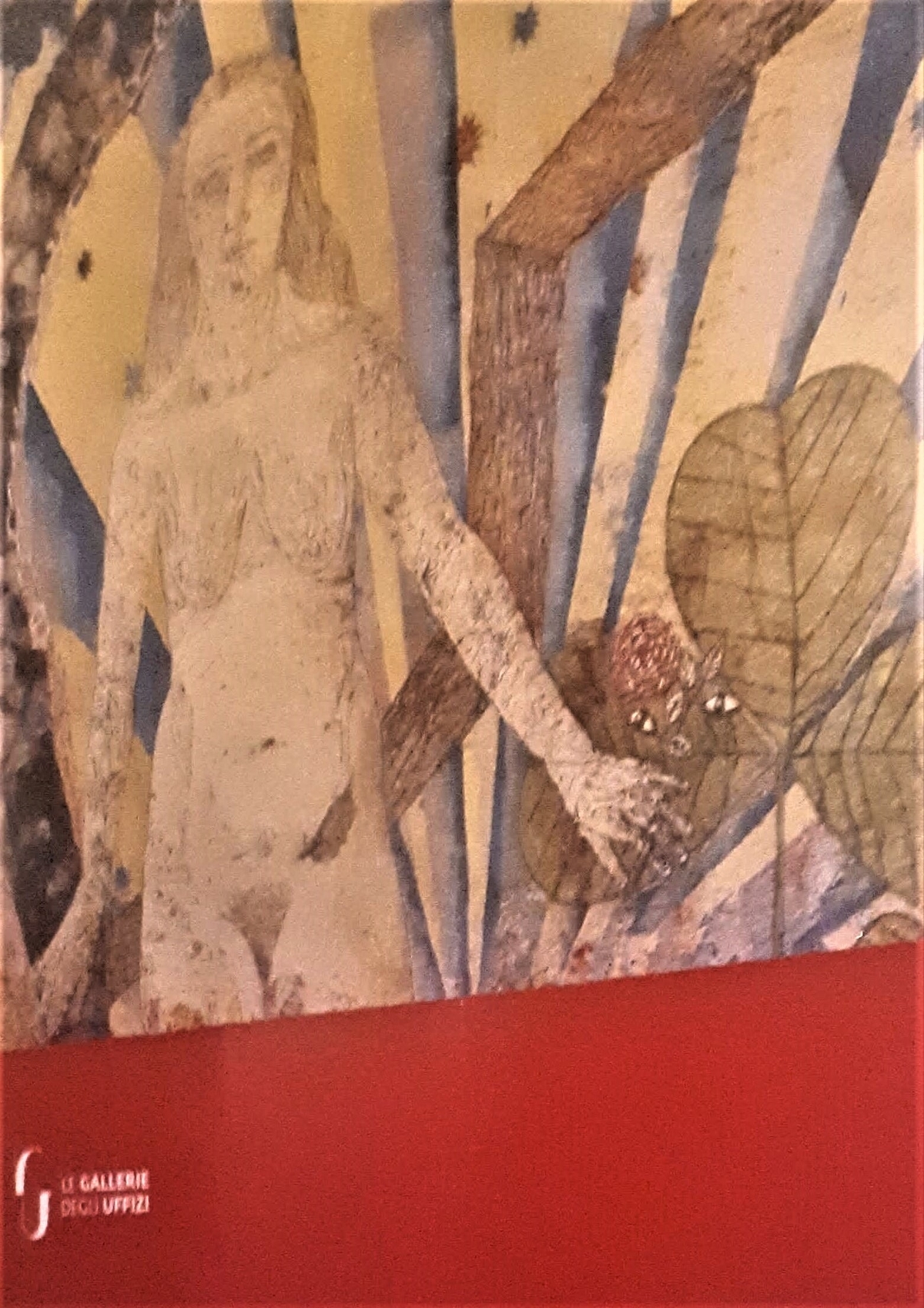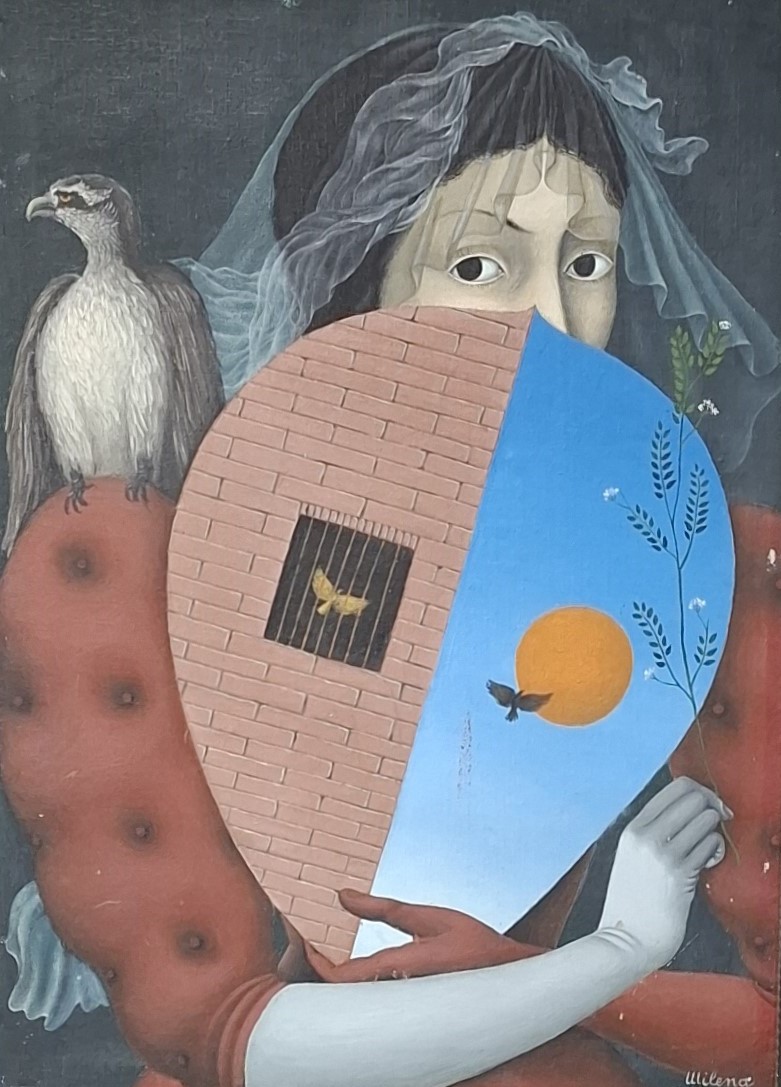In his 30-year career, Arne Quinze managed to rise to the very top of the world scene of contemporary art. His work can be found in public spaces and exhibitions from Brazil to Miami, London, Paris, Cairo, and China. All his works are most closely inspired by nature. In recent years, numerous sculptures under the common name of the Lupine flower have conquered world exhibitions and squares. Lupine became his trademark. Arne Quinze's flower gardens in the architectural fabric of cities.
Young Rebel Arne Quinze
He spent his childhood surrounded by nature, and then the family moved to Brussels. Expectations were high and the results were disappointing. He refers to urban living as the "Religion of four walls," and compensates for the absence and variety of natural beauty in cities through art.
From the onset of his career, he aimed to dominate the urban landscape. Starting with murals on walls and trains as a youth, he later progressed to more significant interventions, mainly through sculpture.
He employs construction techniques and tools akin to those used by architects to create his sculptures.
He integrates nature among buildings, not merely as small accents but in substantial volumes that challenge the scale of architectural forms, suggesting that architects are not the sole masters of creation.
He purposefully injects chaos as a sculptor, breaking the modular uniformity typical of architectural designs.
Wooden architectural sculpture

“The Sequence by Arne Quinze, Brussels, Belgium picture taken by Torsade de Pointes” by dullhunk is licensed under CC BY 2.0.
The artist's wooden constructions resemble large nests or treetops. Huge canopies refer to shared living and invite socializing outside of 4 walls. Through this game, Arne Kinze refines the urban fabric.
It is as if he loudly draws attention to the deforestation for the construction of cities.
The enormous talent was recognized by the city leaders of Brussels in 2008. They placed his wooden installation called "The Sequence" between the Flemish Parliament and the House of Flemish representatives. A red luxurious infusion, 16m high, covered the street with a length of 80m. It was dismantled in 2014. to the great displeasure of the citizens of Brussels.
A year earlier, in 2007, "Cityscape," another wooden installation, had been set up in Brussels' Louisa area. It graced the center of a large square with its presence for two years, leaving behind a void and a lack of inspiration upon its removal.
Stilt House

“Oeuvre d'Arne Quinze dans le quartier Solidere à Beirut” by L'amande is licensed under CC BY 2.0.
Simultaneously, Arne Qunze crafts smaller vertical wooden sculptures.
His series of sculptures, 'Stilt Houses,' depicts a figure perched on delicate stilts, reaching for the sky. Despite their fragility, these slim supports are capable of bearing substantial weight.
Initially, the houses featured a variety of hues, but later, a singular red was chosen. Quinze believes red embodies a dichotomy: it signals caution yet also conveys the essential warmth of life. Blood, too, represents both mortality and the genesis of life.
These sculptures, transient urban fixtures, have mostly been removed, underscoring the transient nature of existence—nothing lasts forever, and all is subject to decay and renewal.
Rock Stranger

“Rock Strangers” by Bernt Rostad is licensed under CC BY 2.0.
Following wood, aluminum becomes the preferred material for Arne's sculptural works. The production process is completely mechanical. Construction machines bend aluminum sheets for large sculptures.
The rock sculptures are red too, and extremely striking.
Ostend, a coastal city in Belgium, has embraced art wholeheartedly. Arne Quinze was commissioned to craft a public sculpture at Heroes of the Sea Square, creating a distinctive atmosphere.
The large red rocks appear as if cast ashore by the sea, echoing the pertinent theme of migration in coastal regions.
Artistic endeavors have now put this city on the global map.
The Cycle "My Secret Garden"
The artist and his team form a flower garden of fields and wildflowers. It becomes an inexhaustible, extremely fruitful inspiration.
2017 a Lupine sculpture appears. At the same time, Arne Quinze turns to painting that resembles impressionism in the size of the canvas.
Lupine's first sculptures, like his paintings, were richly colored. They are a fusion of industrial products - aluminum, bent by construction machines, and the intuitive application of paint by the artist.
In Valencia, Quinze juxtaposes such a sculpture with the super-precisely executed architectural work of Santiago Calatrava. The stark contrast between the two leading creators is quite apparent. The electric energy generated from their interaction has rendered their connection unbreakable, thus making it seem natural.
Lupine is now in the phase of a monochrome sculpture, and colors are added by multi-colored lights similar to the lights of a metropolis.
And indeed in the presentation of his last exhibition Sonic_Levitation at the Venice Biennale 2024. he says:
"Nature is the superior creator, and man is only a mere interpreter."
In contrast
Quinze often uses contrast in his art. Strength and power against fragility and vulnerability are key motifs when representing nature through paintings or sculpture.
His large-scale sculptures, made of sheet metal, visually cancel gravity and turn into almost floating structures—strips of metal "flutter" in the wind. Everything takes on the light appearance of his paper models.
Project "Aurora" from 2022. in the vicinity of the Egyptian pyramids, it represents the purest contrast - provocation. His famous "Lupin" structures are placed in a circular formation. The design was influenced by a solar eclipse which, in ancient times in the realm of the Sun God, possessed a mystical and potentially deadly significance. The choice of white and red colors supports the floating impression left by this structure. The circular sculpture and the triangular pyramids present a clear juxtaposition.
Quinze is perhaps the only artist who works in huge dimensions, space permitting. The remarkable spatial installation "Oasis" was created in the heart of the desert in Riyadh, Saudi Arabia. Oasis stands in stark contrast to the desert landscape, a contemporary artwork that comes alive with light effects. By day, the sculpture offers shade, while at night, its lights beckon art enthusiasts to visit, providing a more comfortable experience in the heat of the region
The weight of the metal structure is visually lightened by linear slanted supports. The statics of these sculptures are extremely complicated but taken into account in advance.
Arne Quinze made a study for the Belgrade Project
The Belgrade project, a component of the Wind cycle, features ambient sculptures that manifest the unseen via fluttering ribbons. Aptly named "Stripes in the Wind" by the artist, the concept was studied for its suitability at the Sava Quay, adjacent to the Museum of Contemporary Art. The design envisaged red-painted aluminum strips adorning the promenade.
It debuted at the 2008 Belgrade Design Week, an event hosted by Mixer.
The beauty of nature in focus
His spatial installations bring the beauty of nature back into focus and say that it is possible to live in harmony with nature. But first, we have to delve into its diversity and colorfulness. This is his expression through which he protests against the gray monotony of city architecture.
The "Amazonia" project draws inspiration from the Brazilian jungles. For 30 years, it has focused on the destruction of the Amazon forests. Through spatial installations, it highlights human carelessness towards nature, the disturbed balance between humanity and the environment, and the unwarranted destruction of natural habitats.


















Leave a Reply